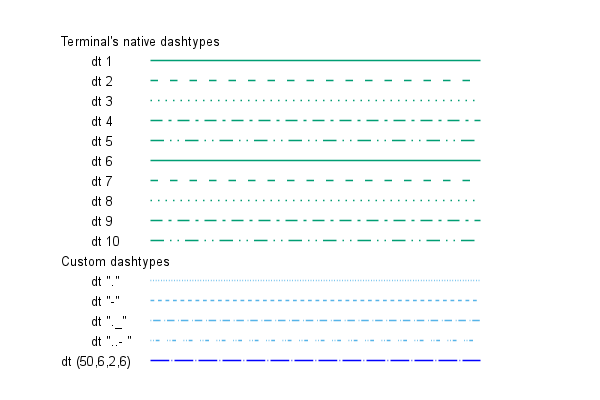
This was SO COOL.Īs I started experimenting with data I/O and various settings, I came across an unexpected output option: “epslatex”. Output could be set to PNG, JPG, and – even better – PostScript/EPS or PDF. To make multiple graphs, I would only need to point the script at a different data set. – could be defined in a single shell script. Even better was that plots could be generated by a shell script that reads the data from an external file! This meant that all the parameters for the graph – dimensions, color, font, point size and style, line thickness and style, axes, ranges, etc. The first results I found were pages and pages of examples, and the plots were exactly what I had in mind: detailed, highly technical, and infinitely customizable, but also polished and of a high quality. I asked our lab coordinator – a seasoned Linux/UNIX veteran who preferred emacs over Word – if he had any ideas. dissertation was the crowning document of my education, and I wanted it to be absolutely, unequivocally, perfect. Moreover, I wanted every single graph – I expected to have over 75 in my dissertation – to have a congruent, homogenous look and feel, including font, style, resolution, and size.

Both had an antiseptic quality to them, making them more suitable for a “big picture,” flashy business/sales presentation than for a detailed, nit-and-grit scientific publication.

Commonly used software like Microsoft Excel and Apple’s Numbers (then part of their iWork suite) made it easy to enter and visualize data, but both programs produced a product that looked amateurish, tacky, and disjointed, and lacked powerful customization tools that I imagined I might want to employ. dissertation in graduate school, I became curious about better ways to create professional-looking graphs.


 0 kommentar(er)
0 kommentar(er)
